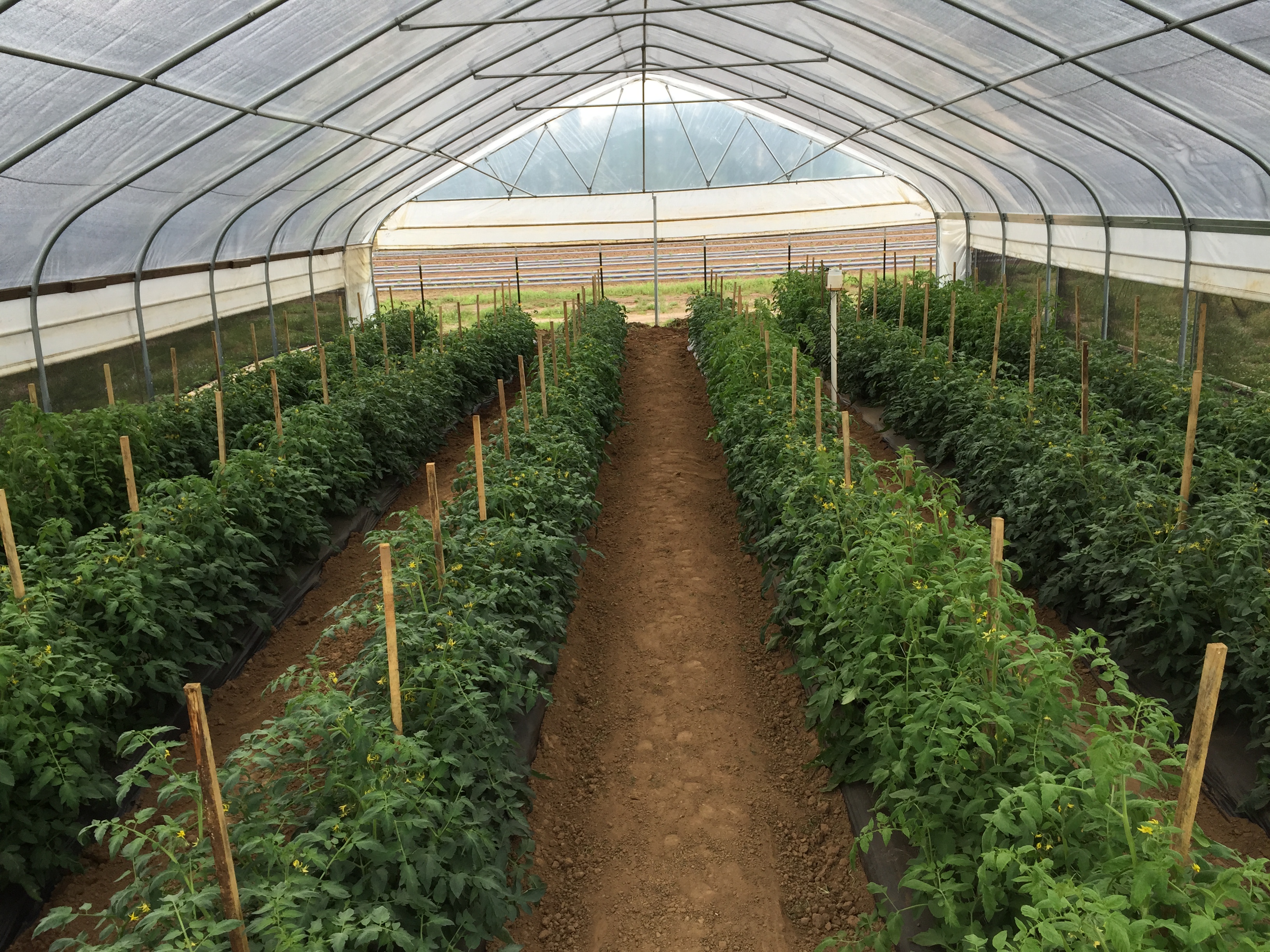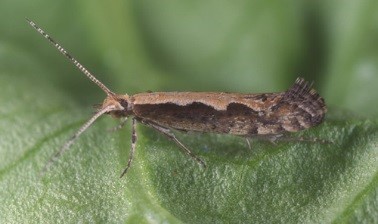by Les Harrison | Sep 11, 2015
On September 10, 2015 the U.S. Food and Drug Administration (FDA) released its final rules for Current Good Manufacturing Practice and Hazard Analysis and Risk-Based Preventive Controls for Human Food. The enabling legislation was the FDA Food Safety Modernization Act...
by Josh Freeman | Jul 10, 2015
By Josh Freeman (University of Florida, IFAS Extension, Assistant Professor, Horticultural Science) and Mark Reiter (Associate Professor and Extension Specialist, Virginia Tech) Many growers live with the mindset that vegetable crops need a tremendous amount of...

by Blake Thaxton | Jun 19, 2015
High tunnel crop production has steadily increased in Northwest Florida, with many utilizing funding from the Natural Resource Conservation Service’s (NRCS) Environmental Quality Incentives Program (EQIP). There are many benefits to high tunnel production with...

by Shep Eubanks | Jun 5, 2015
With the recent frequent rains and hot temperatures, the incidence of buckeye rot on field tomatoes has increased in Holmes County, especially on tomatoes that were not planted on plastic mulch. This disease in tomatoes is caused by Phytophthora parasitica, and...

by Matt Lollar | May 15, 2015
Matt Lollar, Jackson County Horticulture Agent Diamondback moths were recently discovered in a greenhouse crop of arugula in Jackson County, and they may soon be moving to a field near you. Diamondback moths can be detrimental to cole crops. Adults are approximately...

by Doug Mayo | May 8, 2015
The University of Florida IFAS Extension offers a database of fact sheets available for free download on the Internet called EDIS (Electronic Data Information Source) that has many publications of interest to farmers and ranchers in Northwest Florida. Each fact sheet...




